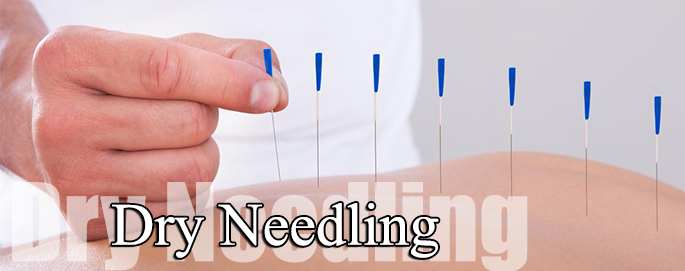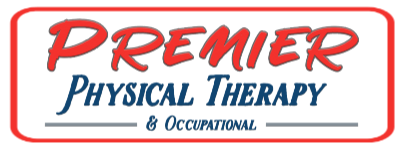Dry Needling

Dry needling is a technique physical therapists use in finding and eliminating neuromuscular dysfunction that leads to pain and functional deficits. The technique uses a dry needle (one without medication or injection) inserted through the skin into areas of the muscle known as trigger points. The goal of dry needling is to achieve a local twitch response which will release or inactivate trigger points to relieve pain or improve range of motion. Medical research supports that dry needling improves pain control, reduces muscle tension, and normalizes dysfunctions of the motor end plates which are the sites at which nerve impulses are transmitted to muscles.
Dry needling is not acupuncture, a practice based on traditional Chinese medicine and performed by acupuncturists. Dry needling is part of modern Western medicine principles and supported by abundant research. Dry needling involves a thin filiform needle that penetrates the skin and stimulates underlying myofascial trigger points and muscular and connective tissues.
The needle used for dry needling is very thin and most patients do not even feel it penetrate the skin. If a muscle has active trigger points within iit, the patient will feel the local twitch response which feels similar to a muscle cramp. This sensation lasts for just a brief amount of time.
Dry needling produces great results as it is able to reach trigger points that cannot be reached any other way.
Dry needling is very effective on patients suffering from some of the following symptoms:
- Chronic pain
- Tendonitis
- Muscle strains
- Osteoarthritis
- Bursitis
- Headaches
- Decreased Mobility
- TMJ
- Carpal Tunnel Syndrome
- IT Band Syndrome
- Plantar Fasciitis
- Fibromyalgia
- Frozen Shoulder
- Sports related overuse injuries
